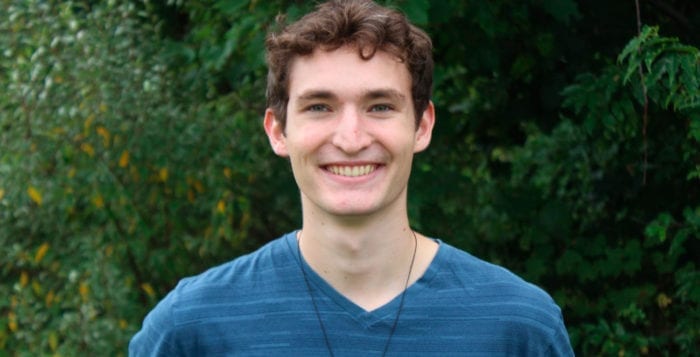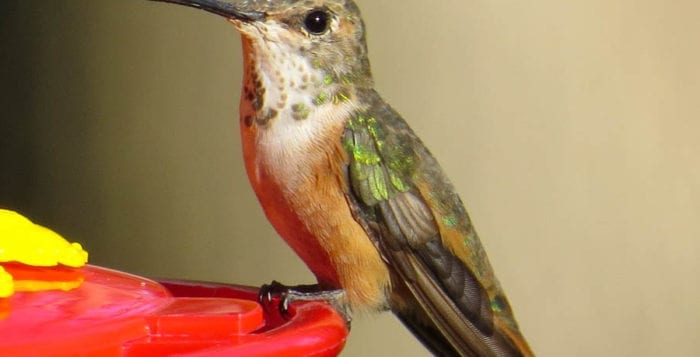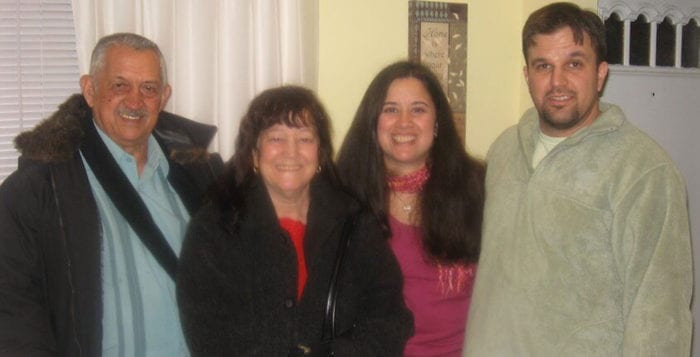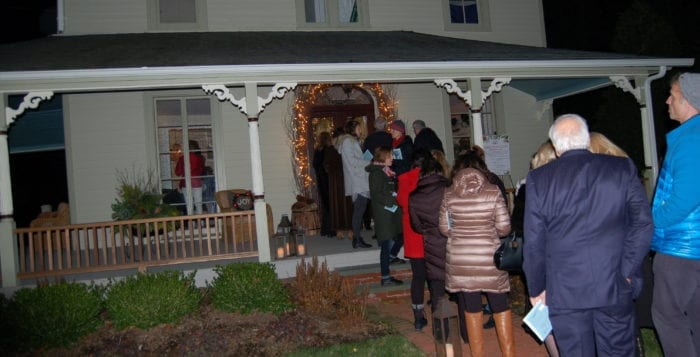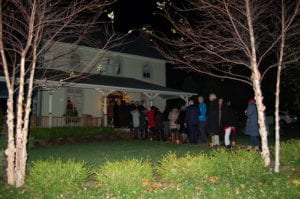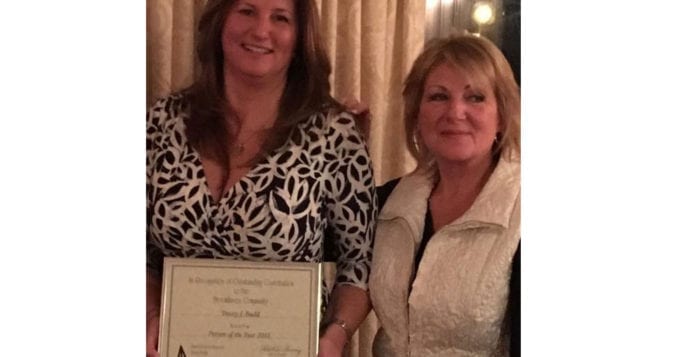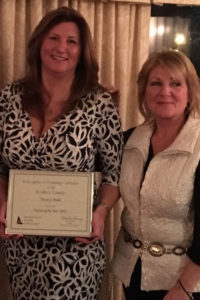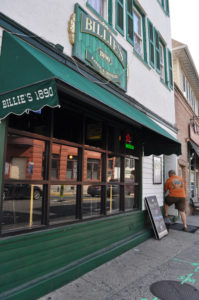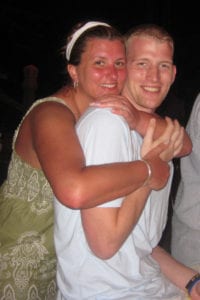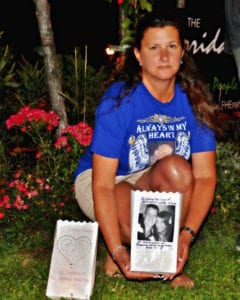It doesn’t take much to start helping the environment.
Eight-year-old me was exploring a stream with my brother and our friends. As we began heading home, I spotted a large plastic container sitting on the bank. Everyone else seemed to ignore it, but I wandered over to examine its contents. After a quick examination, I decided it contained nothing of interest and threw it back to the ground. My brother yelled up at me to ask why I was not recycling it.
I responded, “No one else is going to do that, why do I have to clean it up?”
With a stern face, he said, “For exactly that reason.”
From this quick conversation, my outlook on the world was forever changed. Humanity faces many challenges, but not everyone chooses to help confront them. The environment is in danger of destruction; it is our obligation to save it.
I began my environmental activism at Mount Sinai High School. As a sophomore, I founded the Environmental Outreach Club. This club implemented a recycling program and facilitated annual beach cleanups each year with a turnout of more than 70 students. It amazed me how many people were ready to help. Even a small group of passionate youth can make an observable difference. Then, last fall, I found myself one of three high school students on the planning committee for the first Long Island Youth Ocean Conservation Summit. This event, where participants heard from environmentalists such as Fabien Cousteau, was meant to bring about youth-driven conservation efforts. Since earning a minigrant from the summit, the Environmental Outreach Club has been pressing for the elimination of one-use bottles and cans from the cafeteria of Mount Sinai High School.
Thus far, we have installed three water bottle refill stations throughout the school and plan on selling reusable bottles at the cafeteria. We hope to later replace the vending machines with beverage fountains to eliminate the need for one-use cans and bottles. Local projects usually have the most powerful impact to someone’s community with small-scale actions creating large-scale changes; however, national endeavors bring a far-reaching aspect to environmentalism.
Last year, I had the honor to be a member of the seven-person Sea Youth Rise Up delegation to lobby President Barack Obama (D) to establish a new marine protected area off the coast of Cape Cod. We met with the Environmental Quality Council at the White House, ran a live international broadcast on World Oceans Day, filmed a documentary and visited the United Nations in New York City to bring attention to the cause. As a teenager, it is difficult to enact change at the federal level, but this opportunity enabled me to engage in debates that directly affected legislation. When Obama heard our collective voices and established the Northeast Canyons and Seamounts National Monument, which protects large sections of the Atlantic Ocean off the coast of Cape Cod, I realized change can be created by anyone — no matter their age. After returning from the Sea Youth Rise Up campaign, I was appointed communications coordinator for the national Youth Ocean Conservation Summit organization, was a guest speaker at this year’s Long Island YOCS, and have been invited to speak at an upcoming TEDx event in London this June.
From my limited personal experience so far, the world of environmentalism is composed of smart, passionate people. Today — even when temperatures and sea level are rising, fish stocks are being depleted, water is becoming scarce, petrochemicals are being added to the oceans at an exponentially increasing rate and a mass extinction is occurring — I am still extremely hopeful. After meeting other people who help mitigate these ailments of our society, both by small-scale and large-scale actions, I am confident in our collective ability to save our world.
Over my few years of being an environmental advocate, I have learned two things: the opportunities to get involved are endless, and an open door foreshadows more doors to come. Every opportunity that presented itself to me has been the product of some previous action I had taken — all tracing back to my brother yelling at me to throw out a piece of plastic.
Ben May is a Mount Sinai High School senior and is the founder of the Environmental Outreach Club at the school.

